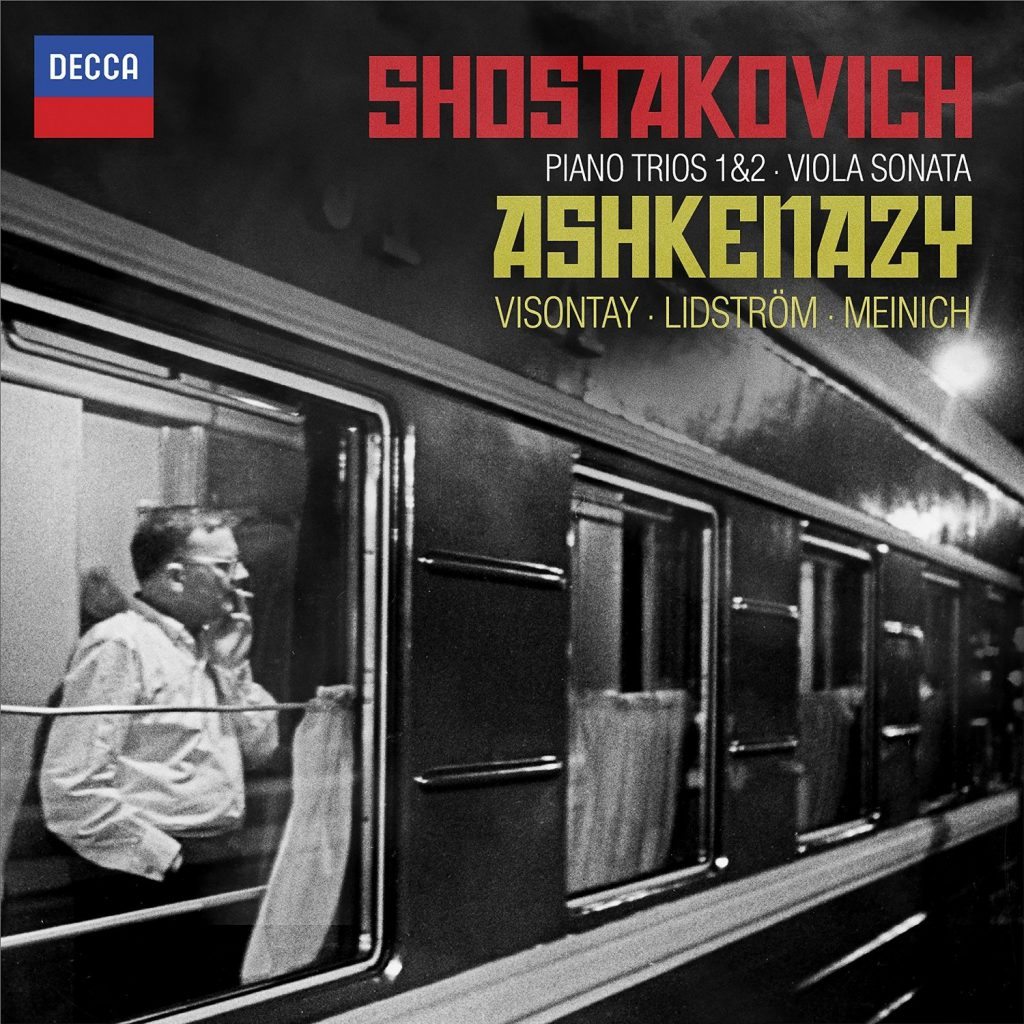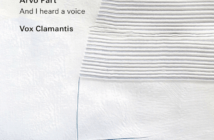The three works on this album encompass an entire composing life. The first piano trio was written by a 17 year-old for his girlfriend in 1923. The mastery is already undeniable and the thumbprints instantly recognisable: pathos, scepticism and the juxtaposition of polar opposites. This is not the way most of us would go about wooing the love of our life. Shostakovich was always an original, even at his most eclectic. Everything he writes can be interpreted equally as its opposite, a device that became the key to the composer’s survival in Soviet Russia.
The second piano trio, written in 1943, contains a morbid klezmer dance that some consider to reflect news reaching Russia of Hitler’s destruction of the Jews while others understand it as a coded protest against Stalinist persistent anti-semitism. Whichever way you approach it, the caustic rhythms sear into the listener’s conscience. This composer is overtly on the side of the victims.
The viola sonata, opus 147, is a deathbed work, written in July 1975. Unexpectedly, given the alternations of gloom and manic frenzy in his final string quartet, the sonata emanates an unruffled, tranquil beauty reminiscent of Beethoven’s Moonlight Sonata, which it quotes explicitly. Each section ends with the score marking morendo, dying away. There is no regret to be heard.
The pianist on this recording, Vladimir Ashkenazy, played for Shostakovich and grew up in his world. The other artists are Hungarian (Zsolt-Tihamer Visontay), Swedish (Mats Lidström) and Norwegian (Ada Meinich). The blend of subjective and objective knowledge works well. Narrative tension is taut as a Scandi-noir TV series. Empathy abounds. There are few more comprehensive portraits of Shostakovich on record.
—Norman Lebrecht
Sign on to the blogfeed.
Visit the website.
-
4













